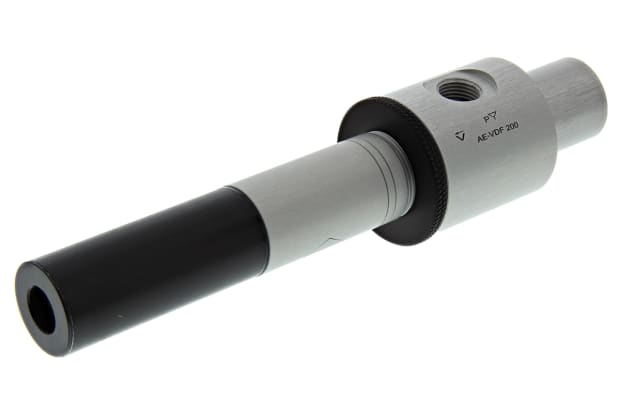- Published Mar 8, 2023
- Last Modified Aug 29, 2023
- 7 min
A Complete Guide to Vacuum Pumps
Ever wondered how to use a vacuum pump? Our complete guide shares everything you need to know about vacuum pumps.

This handy guide will explain everything you need to know about vacuum systems and pumps, including how they work, how they are used, and the different vacuum pump types available.
What is a Vacuum Pump?
Vacuum pumps, explained simply, are used to create vacuums. These powerful devices pull the gas and air molecules from sealed containers to create a vacuum (technically a ‘partial vacuum’ as it will be imperfect in comparison to a theoretical ideal - or ‘perfect’ vacuum). Such vacuums may be required for an engineering or manufacturing process or they may be used to move liquids from one location to another, just like conventional pumps.
Also known as suction pumps, they are hardworking devices and it is important to ensure they are properly maintained and replaced when necessary.
Vacuum Pump Types
Vacuum pumps can be classified as either dry (oil-less) or wet (oil-lubricated). This simply refers to whether the gas is exposed to a lubricant during the process of compression. Dry pumps are beneficial as they reduce the risk of contamination whereas wet pumps are advantageous due to their effective lubrication and sealing properties.
Various types are available, each best suited to differing applications. These include:
- Rotary vane
- Piston
- Liquid ring
- Side-channel
- Displacement pumps
However, the four main types of vacuum pump are:
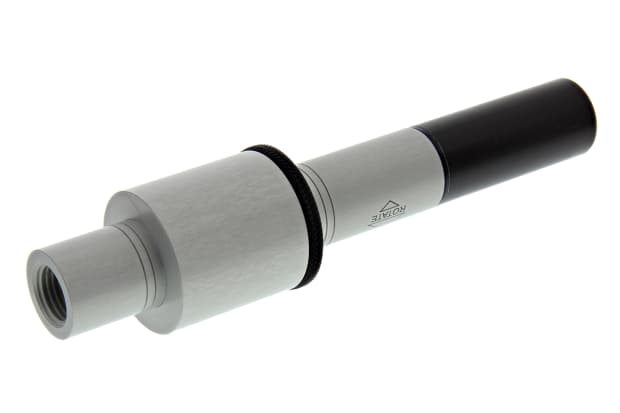
Positive Displacement Vacuum Pumps
These models combine an expanding cavity at the intake point with a decreasing cavity at the discharge point. This allows for a steady, moderate flow of suction power. As a result, they are best suited to pumping operations which require a steady speed.
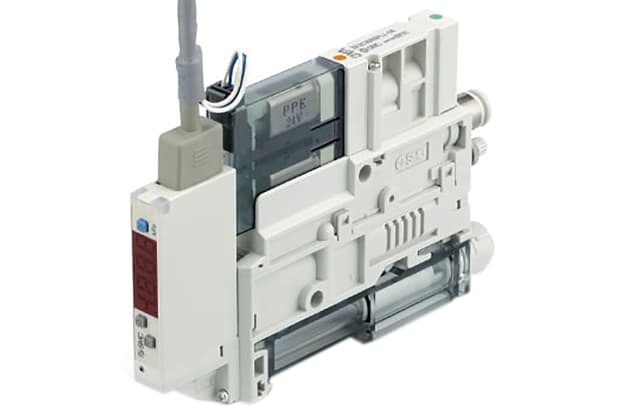
Momentum Transfer Vacuum Pumps
Also known as kinetic pumps, momentum transfer pumps feature a rotating component which propels air or gas from its inlet to its outlet. This creates a low-pressure region which is sealed by a powerful valve when it becomes a vacuum. Some models also use high-speed jets of fluid.
There are two types of momentum transfer pumps - centrifugal and regenerative. The former makes use of a centrifuge to propel fluids through the device. Meanwhile, regenerative pumps (also known as turbine or peripheral pumps) recirculate liquid in order to increase the pressure achieved. These are high-pressure vacuum pumps ideal for creating powerful vacuums.

Diaphragm Vacuum Pumps
These rely on a pair of mechanical diaphragms, which move backwards and forwards to increase and decrease pressure. Liquid backflow is prevented by a valve. Diaphragm pumps are noted for their high level of accuracy and are widely used in industrial environments.
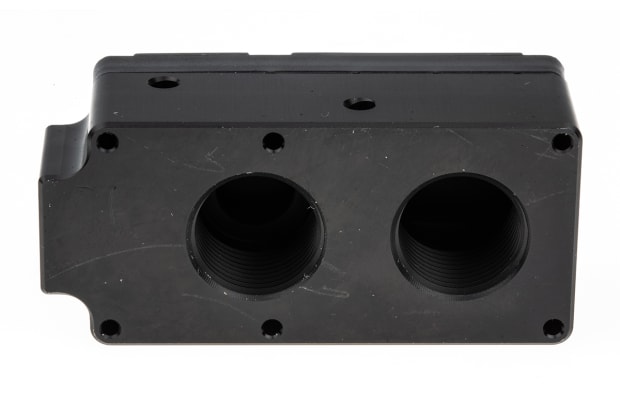
Entrapment Vacuum Pumps
Entrapment pumps, also known as capture pumps or trapping pumps, are refrigerated devices that induce condensation of air molecules by cooling within a confined space. The resulting liquid is then removed. Some entrapment pumps - called ion pumps - use electrical fields to induce condensation. These are ideal for storing gas for later release.
Pressure Ranges
Industrial vacuum pumps are typically categorised by the pressure ranges they are designed to work with. Standard pressure ranges include:
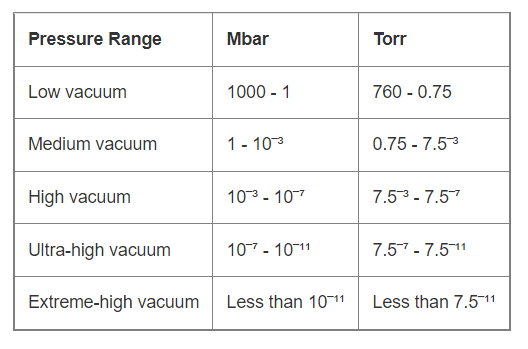
Vacuum Pump Applications
These devices have multiple uses across industry and engineering, including:
- Semiconductor processing
- Composite moulding
- Uranium enrichment (for nuclear power generation)
- Oil refining
- Medical vacuum pump
Industrial vacuum pumps also play an important role in the function of some manufactured equipment, for example:
- Electric lamps
- Radiotherapy devices
- Electron microscopes, spectrometers (for chemical analysis) and similar analytical equipment
- Air conditioning systems
- Dairy equipment
- Gyroscopes for flight instrumentation
- Automotive engines (to boost braking and increase fuel efficiency)
How to Use a Vacuum Pump
These components are powerful and potentially dangerous. Potential risks include:
- Contaminated pump oil spillage due to incorrect handling
- Injury from accidental exposure to moving parts
- Electrical shocks due to faulty wiring
- Fire due to overheating or other malfunctions
- Toxic fumes due to inadequate ventilation
Safety should always be your number one priority. Key health and safety considerations include:
- Familiarise yourself prior to operation
- Monitor oil levels and be prepared to change the oil when necessary
- Safely dispose of any oil in the proper manner
- Never block or obstruct exhausts or pump outlets
- Wear appropriate PPE
- Do not operate pumps in areas of limited or no ventilation
- Use a ventilation cabinet whenever possible
- Ensure belt guards are in place
- Use a spill tray to catch any leakage if faults occur
- Ensure tubing is fully compatible with the pump and fit for use - replace it if necessary
- Check the surrounding area for any combustible materials
- Check switches and cabling for potential faults
You should also bear in mind some practical considerations:
- Pump size
- Intended application
- Pump type
- Performance requirements
Specific guidance for how to use vacuum pumps should be outlined in the manufacturer's instructions for your particular product. In addition, knowledge and understanding of the basic vacuum pump working principle and the properties of a vacuum will prove beneficial.

Vacuum Pump Working Principle
Although different types are available, the working principle and basic vacuum pump operation remain the same. These devices are designed to remove air or gas molecules from the vacuum chamber. However, as pressure reduces, molecules become increasingly more difficult to remove. Industrial vacuum pumps are able to overcome this as they are suitable for use over a large pressure range.
Vacuum Pump Manufacturers
It is important to select the best product for your requirements. One of the key considerations is the manufacturer, and you should bear in mind that some brands specialise in particular vacuum pump types. A comparison tool may help you learn which is best suited to your industry or application.
Click below to browse our extensive range offered by industry-leading manufacturers.
A.E. Controls Ltd
Browse vacuum pumps from Air Engineering Controls Ltd, suitable for a wide range of different uses and applications.
Festo
Explore the extensive range of vacuum pumps available from leading brand Festo and shop online today.
Norgren
Norgren vacuum pumps are ideally suited for a range of applications. View the full range now.
SMC
Discover SMC vacuum pumps and browse the full range of vacuum ejectors and process diaphragm pumps.
FAQs
How Do You Create a Vacuum?
Vacuum pumps induce different levels of pressure in two spaces - high and low. When the regions are linked, air molecules will be pulled from the high-pressure space into the low pressure one, leaving the first empty. In other words, this creates a vacuum.
Vacuums can also be created using vacuum generators which work on a venture principle. This is where compressed air passes through a venture chamber designed to move gases or fluids out of a region of space. Venturi or fluid jet vacuum generators rely on the flow of compressed air, gas, or liquid as the motive fluid to pull or create a vacuum at the desired port.
What Happens When a Vacuum Pump Fails?
Like all mechanical devices, vacuum pumps occasionally fail. It may be a sudden failure, for instance, the pump refuses to switch on one day, but you are more likely to encounter a gradual accumulation of symptoms as internal issues worsen over time.
Typical symptoms of impending failure include:
- Oil leakage
- Noisier operation
- Smoke discharge
- A fall in vacuum pressure
What is the Unit of Vacuum?
The Pascal (Pa) is a standard international unit of pressure, named after French physicist Blaise Pascal. This is sometimes used to measure vacuums, but the more usual unit is the Torr, a term derived from a different physicist - the Italian Evangelista Torricelli.
The Torr is defined as equivalent to 1/760th of a standard atmospheric level of pressure. Until recently, a different definition was used - equivalence to a millimetre of mercury in a manometer.
What is the Difference Between a Vacuum Pump and a Compressor?
These two devices have distinct purposes. Pumps are designed to create a vacuum through a combination of high and low-pressure zones. By contrast, compressors draw in air from the surrounding environment and compress this by subjecting it to high pressure. This creates stored energy for eventual discharge to power pneumatic tools and devices.
Related links
- A Complete Guide to Magnetic Tape
- A Complete Guide to MOSFET Transistors
- The Complete Guide to Torches
- The Complete Guide to Cutters
- Complete Guide to Travel Plug Adapters
- The Complete Guide to Toggle Latches
- Comprehensive Guide to Socket Screws and Their Uses
- The Complete Guide to Industrial Weighing Scales
